Inside the Workflow: How AI is Embedding itself Everywhere
From Claude in Excel to Reducto in documents and Moondream in design, this week’s AI Fyndings looks at how intelligence is moving from add-on to infrastructure.
Welcome to AI Fyndings!
With AI, every decision is a trade-off: speed or quality, scale or control, creativity or consistency. AI Fyndings discusses what those choices mean for business, product, and design.
In Business, Anthropic brings intelligence directly into Excel.
In Product, Reducto redefines how we read and process information.
In Design, Moondream gives vision to AI that can finally see instead of just generate.
AI in Business
Anthropic Brings Claude to the Boardroom
Enterprise AI often promises big change but too often it sits on the sidelines. Anthropic’s latest move feels different. Instead of introducing another standalone tool, it embeds its AI model, Claude, directly into Microsoft Excel – the one tool almost every business runs on.
This isn’t about dashboards or new interfaces. It’s about staying in the tool you already know, with AI quietly working alongside you.
What’s interesting
I’ve always believed real innovation improves habits, not replaces them. Excel is one of those habits. It’s messy, powerful, and irreplaceable. What Anthropic is doing isn’t adding AI for novelty; it’s embedding reasoning into the daily workflows of finance, operations, and analysis teams.
Unlike general assistants that sit outside your workflow, Claude lives inside it. Imagine debugging a formula and asking, “Why is this total off?” and it walks you through the dependencies line by line. Or you’re forecasting revenue, and Claude points out an inconsistent assumption across tabs. It’s the kind of help that feels most invisible.
Compared to Microsoft’s own Copilot, which covers everything from emails to slides, Anthropic’s approach feels narrower but sharper. It’s not a layer over your work; it’s inside it.
But if you already have Copilot in Excel, why does Claude matter?
Copilot is designed for convenience. It helps automate basic commands, write formulas, or summarize sheets. Claude takes a more analytical approach. It’s built for reasoning, explanation, and financial logic. Think of it less as autocomplete for Excel and more as a business analyst that can trace logic, flag errors, and interpret data patterns.
For example,
If Copilot can generate a formula, Claude can explain how that formula affects your model.
If Copilot can summarize data, Claude can point out inconsistencies across tabs and suggest what to fix.
If Copilot can fill a sheet, Claude can build a valuation model, check for assumptions, and interpret outputs.
Claude is designed around reasoning and explainability. It doesn’t just execute commands; it tells you why.
The new Excel integration also ties directly into the broader Claude ecosystem. The same model that helps you inside Excel also powers Claude for Enterprise and Claude.ai, meaning the logic and context travel across tools. You can move from analysing a spreadsheet to summarising a report or drafting a presentation without losing thread or accuracy.
Where it works well
Claude fits best for people who live in spreadsheets – analysts, finance managers, and operators. It’s ideal where data needs reasoning, not just automation.
Picture this:
A finance team reviewing quarterly models can ask Claude to check if cost assumptions align with revenue projections.
An analyst can ask Claude to trace a formula back through five linked sheets and show where a number breaks.
An operator can ask it to build a scenario model, “What happens if marketing spend goes up 15%?”, and Claude will recalculate, explain the impact, and document the logic behind it.
This is what Claude is here for – helping teams understand excel better.
Where it falls short
Claude depends on data quality. If the underlying spreadsheets are inconsistent or poorly structured, even the best reasoning model can only go so far.
There’s also a trust gap to bridge. Letting an AI modify live financial models feels risky, and adoption will depend on how transparent Claude can be about every step it takes.
And for teams already deep into Microsoft’s Copilot ecosystem, adding Claude may feel like doubling up until they see the difference in reasoning depth.
What makes it different
Anthropic’s move feels more like a principle than a product launch: AI should fit into existing systems, not force you into new ones.
Instead of trying to reinvent Excel, Claude improves it. Its new “Agent Skills” for finance, like DCF valuation and coverage analysis, make it domain-aware and context-smart. While Copilot handles productivity, Claude focuses on decision quality – clarity, logic, and trust.
My take
This kind of integration is where AI starts to feel genuinely useful. It’s not about new platforms or flashy demos but more towards embedding intelligence inside the tools we already use.
If your day revolves around Excel models, forecasts, or reports, Claude doesn’t just save time. It helps you work smarter, question your own assumptions, and make data you can trust.
AI in Product
Reducto: The AI Layer for Unstructured Work
Most of our everyday work begins with a document and that’s often where it gets stuck. Reports, invoices, applications, and contracts all hold valuable data that’s difficult to access, repetitive to process, and too structured for AI to interpret easily.
Reducto steps into that gap. It’s a document intelligence platform that reads, segments, and extracts data from complex files, such as PDFs, spreadsheets, slide decks, or scanned forms, while keeping structure and meaning intact.
What’s interesting
I tested Reducto using a sample scanned, handwritten medical report. In a single Parse → Extract run, the tool recognised layout, preserved formatting, and surfaced key fields such as impression, appropriateness of plan, additional considerations, and data quality notes.
What stood out was the balance between accuracy and transparency. Instead of glossing over illegible text, Reducto flagged uncertain areas (“handwriting artifacts,” “raw data preserved”) so you know where review is needed. That honesty builds trust. You’re never guessing what the model assumed.
The extracted summary read like a concise clinical note:
“Findings are consistent with a right-sided thyroid nodule… imaging and biopsy recommended… certain entries preserved as raw due to uncertainty.”
It felt less like OCR and more like a careful assistant that understood both content and caution.
Where it works well
Reducto is built for anyone who works with documents at scale. It doesn’t just read them but makes them usable. It parses, extracts, splits, and edits with one principle: preserve structure and context. You don’t just get text; you get clarity.
The interface in Reducto Studio makes that control tangible. Toggles like “Enable AI Summarization” or “Contains Handwritten Text” let you guide how the model reads. You’re not just uploading; you’re instructing.
It fits easily into daily workflows. It’s reliable, precise, and designed to remove friction between people and the information buried in their files.
Where it falls short
Reducto handles structure remarkably well but isn’t immune to imperfect documents. Poor scans, dense tables, or illegible handwriting still need human review. Its advanced setup, including schemas, APIs, automation, assumes some technical comfort. It’s precise software, not plug-and-play automation.
What makes it different
Where most AI tools try to summarize or simplify, Reducto focuses on preserving detail. It reads the document the way a professional would – respecting structure, relationships, and order. That philosophy makes it reliable in workflows where accuracy matters more than speed.
It also stands out for transparency: every output connects back to the source. In a market chasing prediction, Reducto is anchored in precision.
My take
Reducto doesn’t chase attention; it earns trust. It’s not built to dazzle but to quietly handle the work that keeps everything else running.
If your day involves parsing PDFs, cleaning reports, or structuring data before analysis, this is the kind of AI that truly helps. It doesn’t think for you; it gives you space to think better.
AI in Design
Moondream: AI That Understands What It Sees
Most AI design tools focus on creating images. Moondream does the opposite. It focuses on understanding them. It’s a vision-language model that looks at an image and explains what it sees: colours, textures, objects, and spatial relationships.
Instead of trying to replace creative work, it enhances it by turning visuals into information you can query, measure, or build on.
What’s interesting
I tried Moondream through its Playground, which offers four core modes: Query, Caption, Detect, and Point.
In Detect, I uploaded a photo of a scratched car and prompted “Scratches.” It accurately marked the damaged spots within seconds.
In Query, I uploaded an office image: “What colour are the lights?” The response was short and factual: “White lights hanging from the ceiling… providing even lighting to the office space.”
Under Caption, I tested a sunset photo. The short caption was simple – “A bird flies near power lines against a pale blue sky,” while the long one captured gradients, silhouettes, and reflections with surprising nuance.
Finally, in Point, I used a ramen bowl’s image and prompted “chicken.” The model pinpointed the correct spot instantly.
What stood out was its consistency. It didn’t guess; it reasoned. The explanations were clear and structured, showing what it saw and how it reached that conclusion.
Where it works well
Moondream fits teams and individuals who handle images regularly, such as designers reviewing layouts, content teams tagging visuals, or researchers processing image datasets.
It’s less about generating new material and more about creating clarity in what already exists.
The Playground makes experimentation easy, while toggles like “Reasoning” or “Caption length” that let you control depth without technical setup. You’re not just uploading; you’re directing how the model looks.
Where it falls short
Moondream’s strength is precision, not emotion. It can describe what’s visible, but not why it feels compelling. Low-light or noisy images can still trip it up, and while the Playground is intuitive, integrating it into professional pipelines requires some technical familiarity. It’s accurate software, not casual automation.
What makes it different
Moondream 3 focuses on reasoning and efficiency rather than raw scale. It’s built on a “mixture-of-experts” design with about nine billion parameters, though only a fraction are active at a time. That setup makes it faster and lighter to run while still capable of high-quality visual understanding.
It also supports a large 32k-token context window and native skills like pointing, detection, and structured output. You can ask specific, grounded questions such as “What’s at this spot?” or “Which brands appear in this image?” and get precise, contextual answers.
By combining compact design with strong reasoning, Moondream 3 turns visual interpretation into something practical, a reliable, explainable layer for both creative and analytical work.
My take
Moondream is the kind of AI tool that doesn’t shout about creativity. It refines it. It takes the noise out of visuals and replaces it with clarity.
If AI in design has so far been about what machines can make, this feels like the start of what they can see. It’s AI that looks before it thinks, and that’s exactly what design needs next.
In the Spotlight
Recommended watch: How Claude is transforming financial services - a clear look at why embedding Claude inside tools like Excel, plus MCP-connected data and finance-specific agent skills, is moving teams from curiosity to production. The core framework is refreshingly pragmatic: retrieve → analyze → create.
Our file creation feature lets Claude create Excel and PowerPoint by accessing a virtual machine to run Python at scale… to edit, analyze, and create Excel documents.
This Week in AI
A quick roundup of stories shaping how AI and AI agents are evolving across industries:
Amazon has filed a lawsuit against Perplexity AI over its “agentic” shopping tool, marking a turning point for autonomous AI. As agents begin to browse, compare, and buy on behalf of users, the case raises big questions about accountability and consent in this new era of agentic browsers.
Canva launches its all-in-one Creative Operating System powered by its new design-AI model. The release points to a future where creative tools become connected ecosystems that understand brand context and automate design decisions across mediums.
NVIDIA expands from hardware into a full AI infrastructure, combining reasoning models, agent frameworks, and compute systems. It reinforces how the agentic era will depend on tightly linked intelligence and infrastructure rather than isolated models.
AI Out of Office
AI Fynds
A curated mix of AI tools that make work more efficient and creativity more accessible.
AssetHub → AI-powered 3D asset creation and editing tool that lets designers generate, texture, and optimise models directly in the browser.
Kite.video → A screen-to-studio video tool that turns raw app recordings into polished, cinematic demos with AI zoom, 3D device mockups and voice-over in minutes.
AI Text-to-Image Generator → A fast, browser-based generator that turns written prompts into high-quality visuals for concept art and creative ideation.
Closing Notes
That’s it for this edition of AI Fyndings. From Claude finding its way into Excel, to Reducto cleaning up the document mess, to Moondream giving AI a new way to see, this week was all about intelligence quietly settling into the tools we already use.
Thanks for reading! See you next week with more shifts, tools, and ideas shaping how AI fits into everyday work.
With love,
Elena Gracia
AI Marketer, Fynd



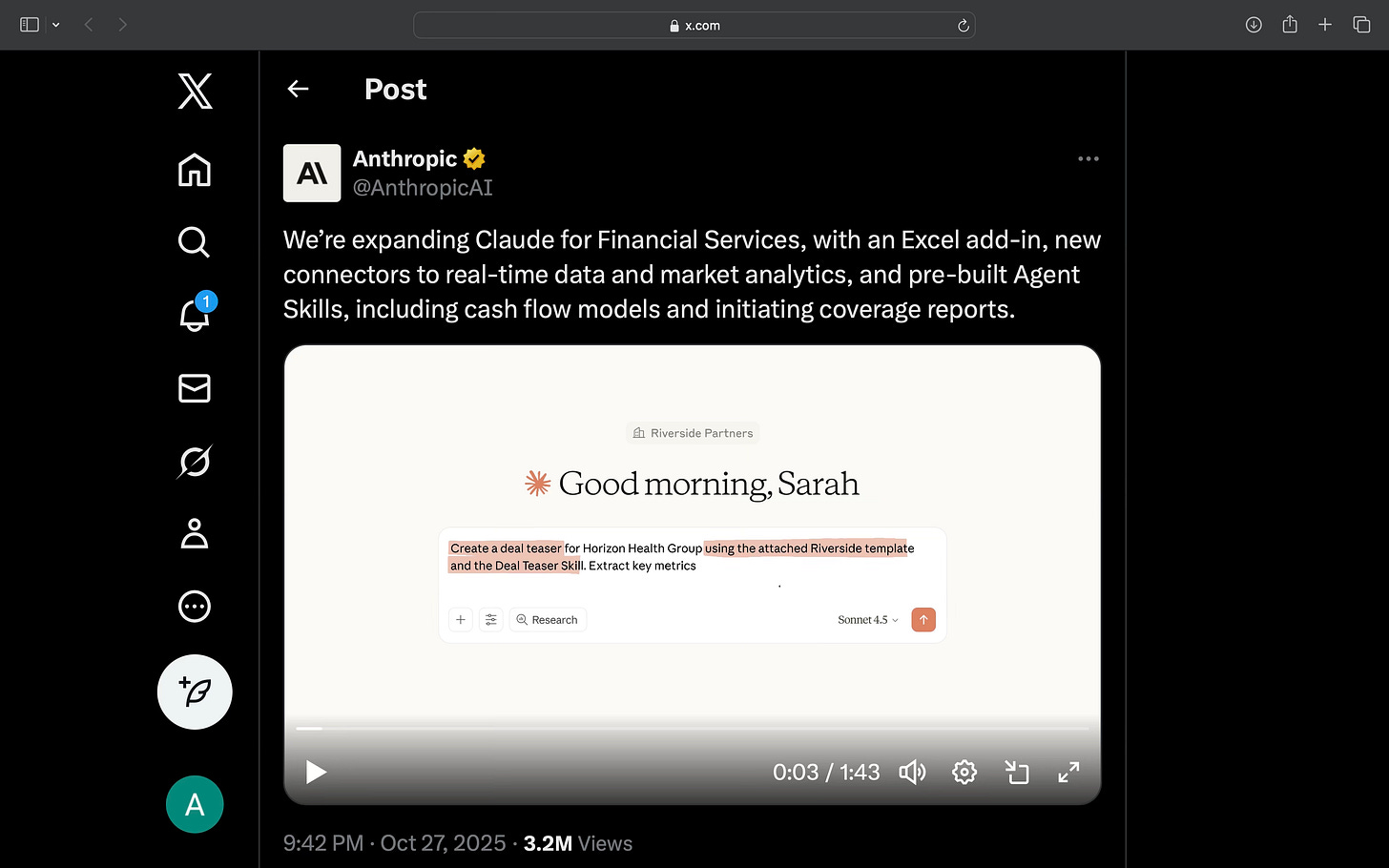

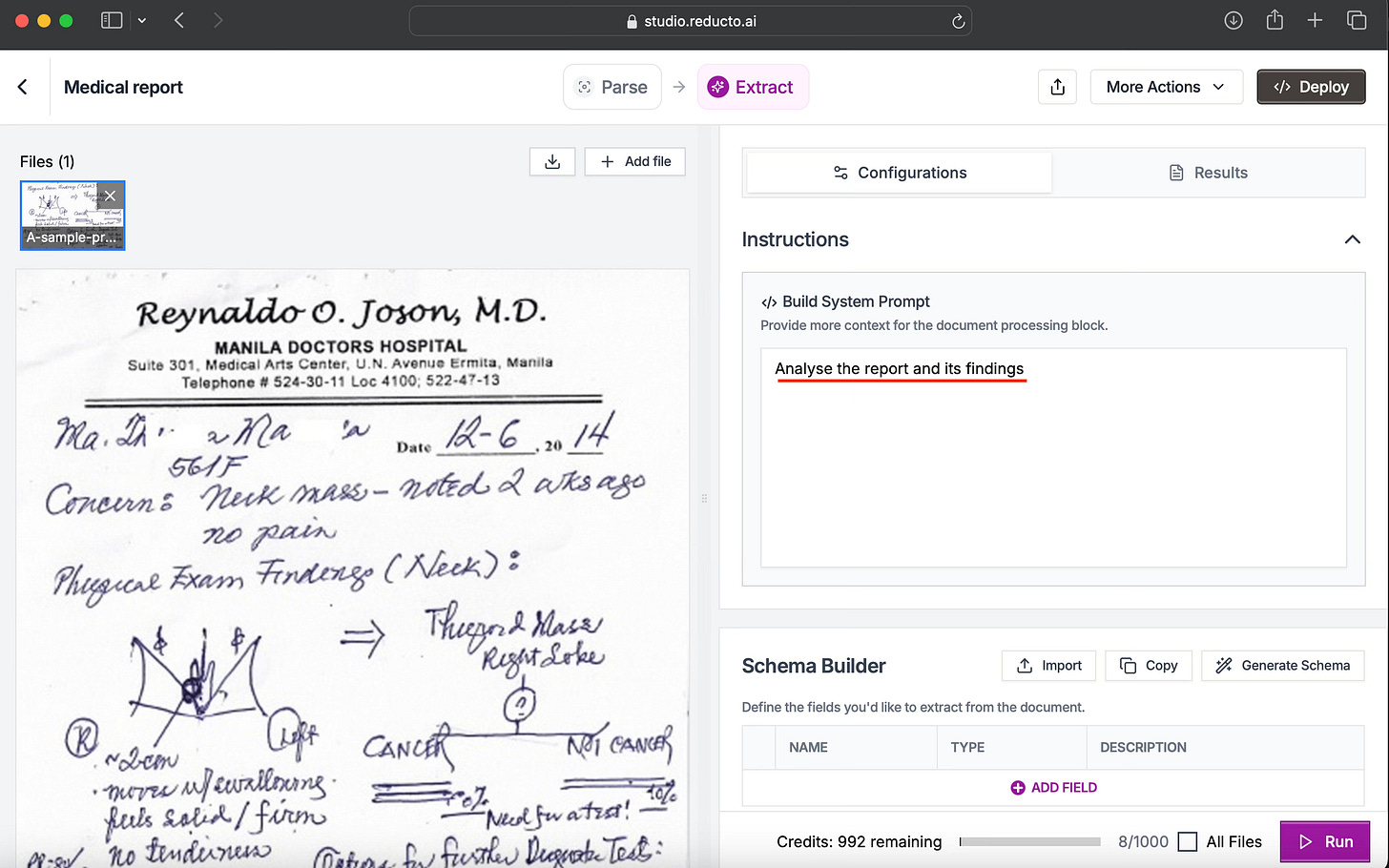
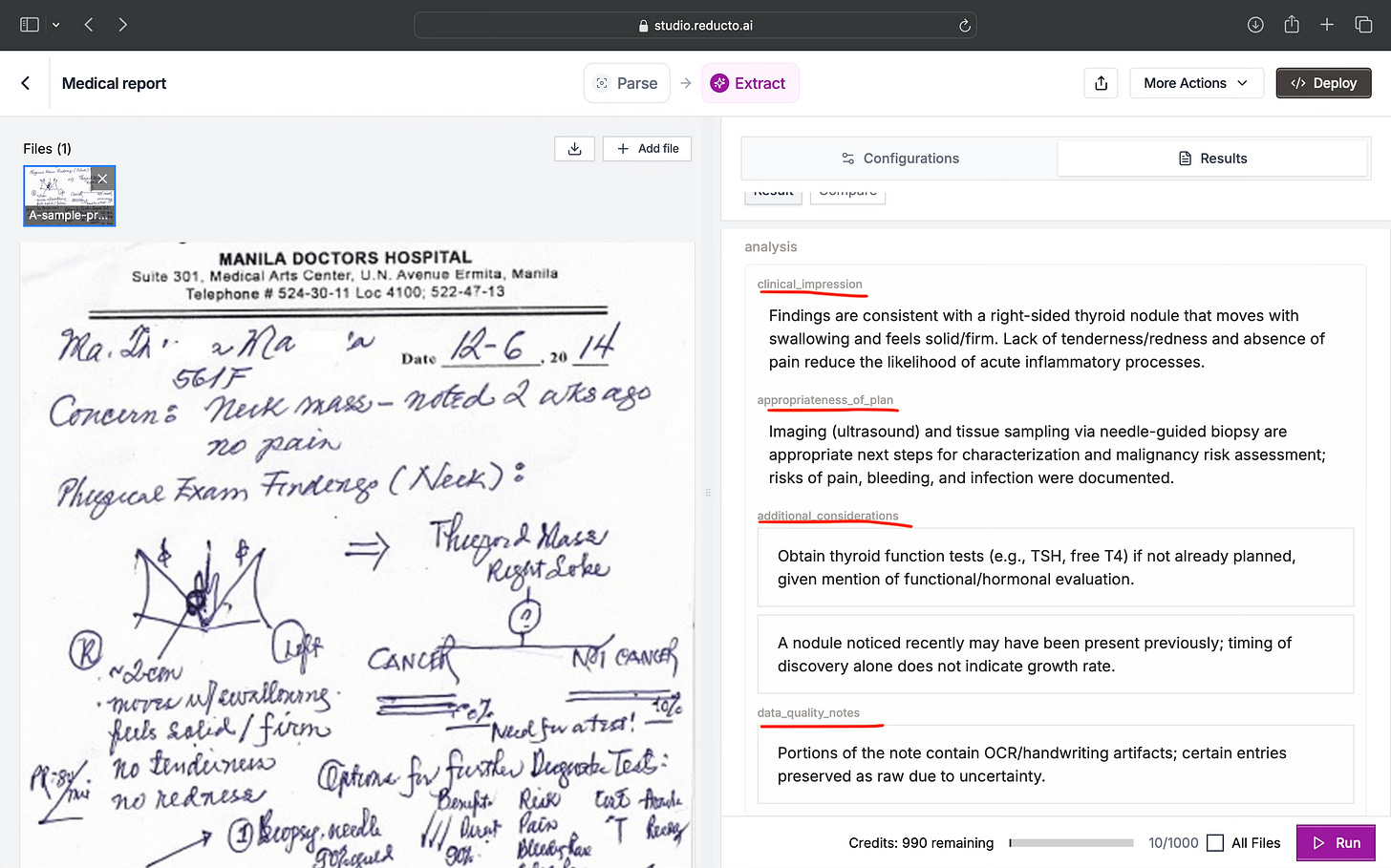
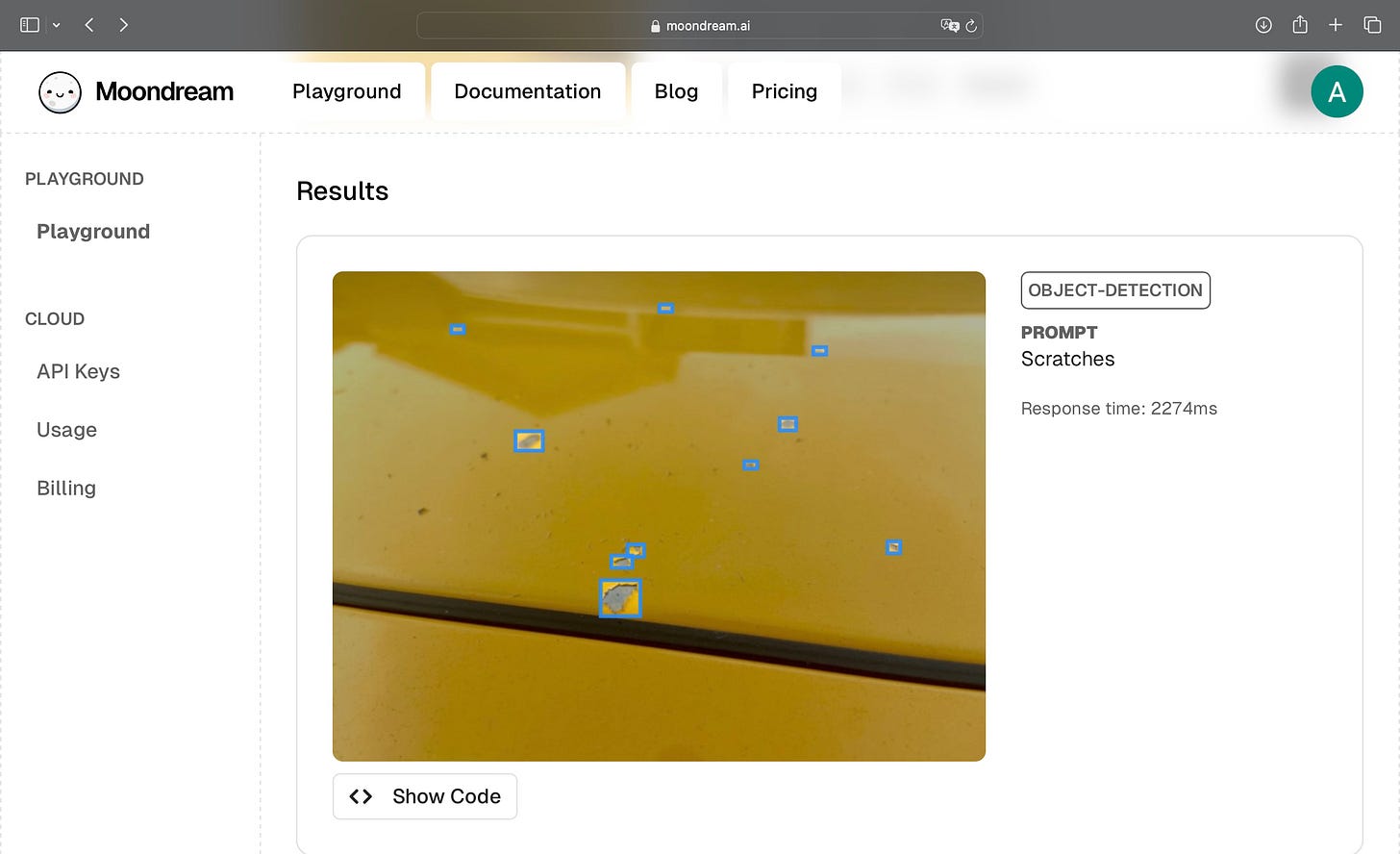
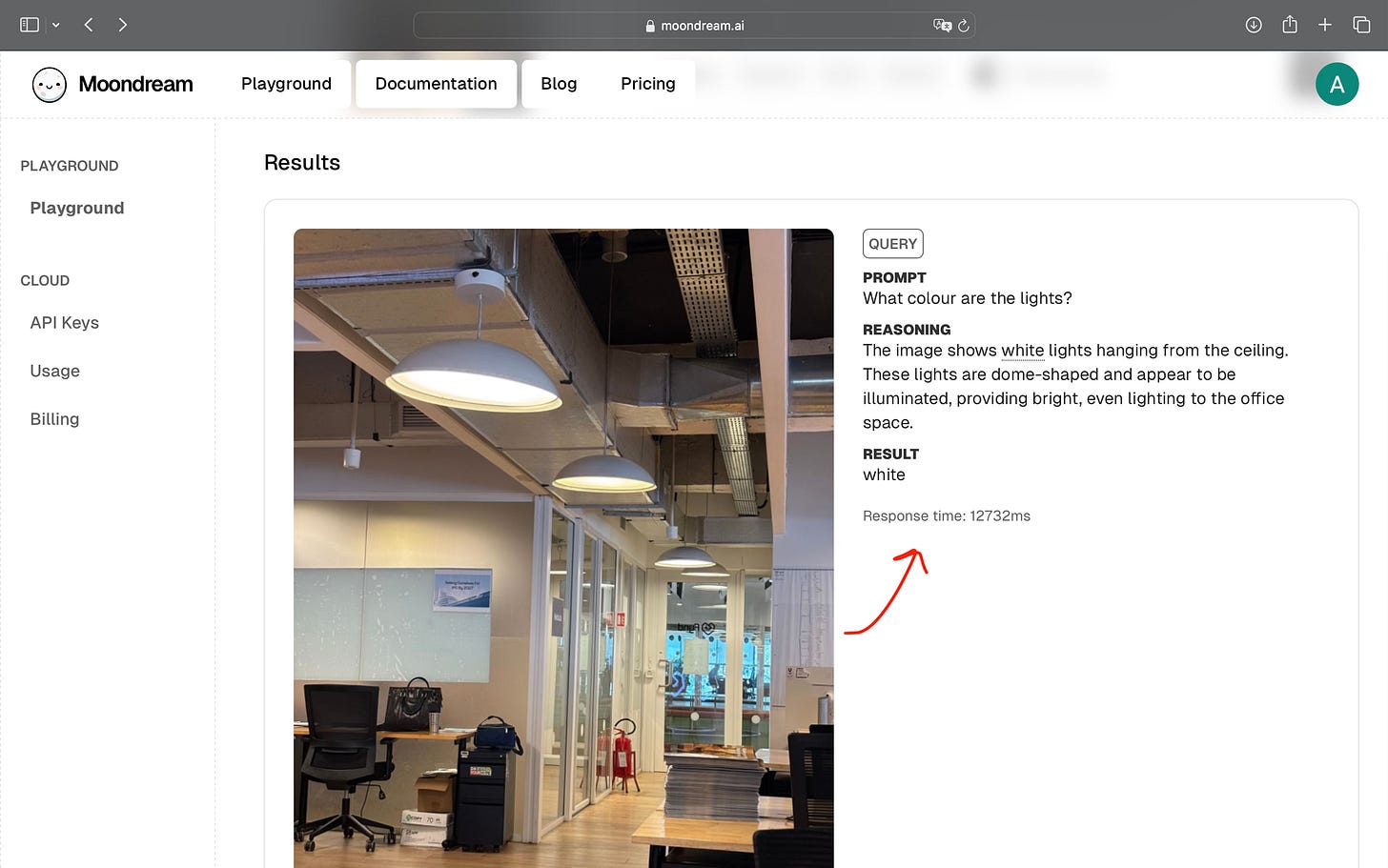
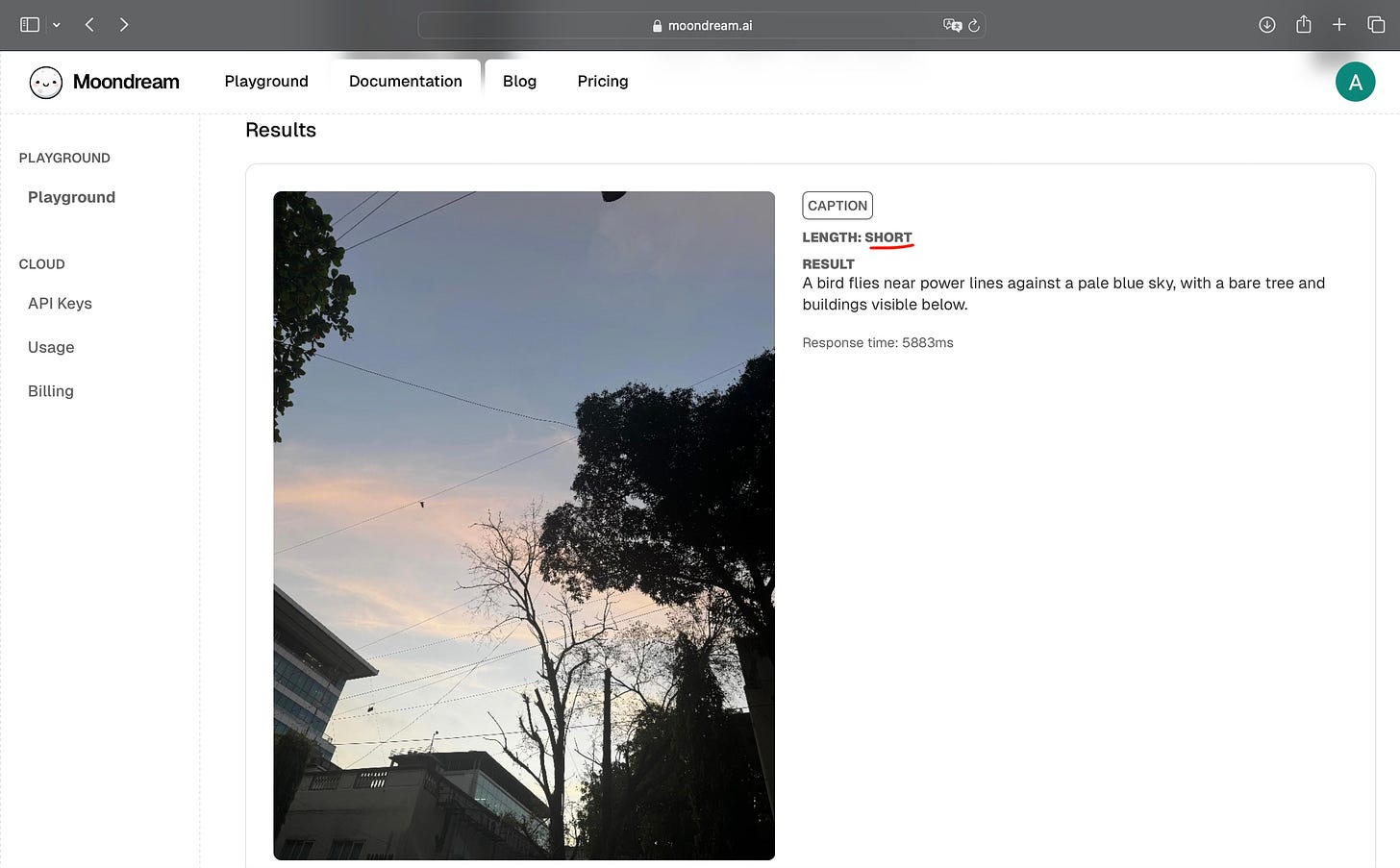
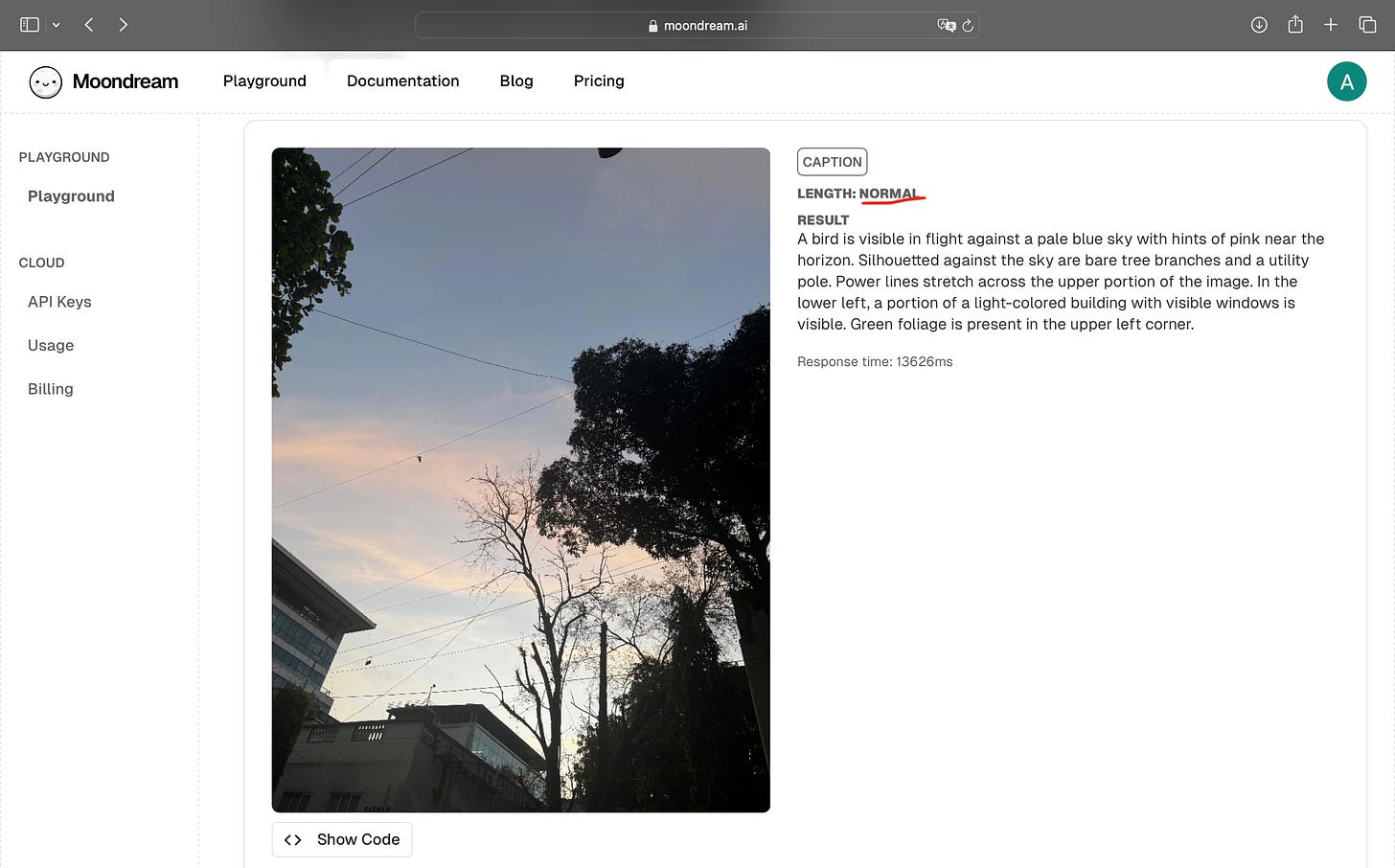
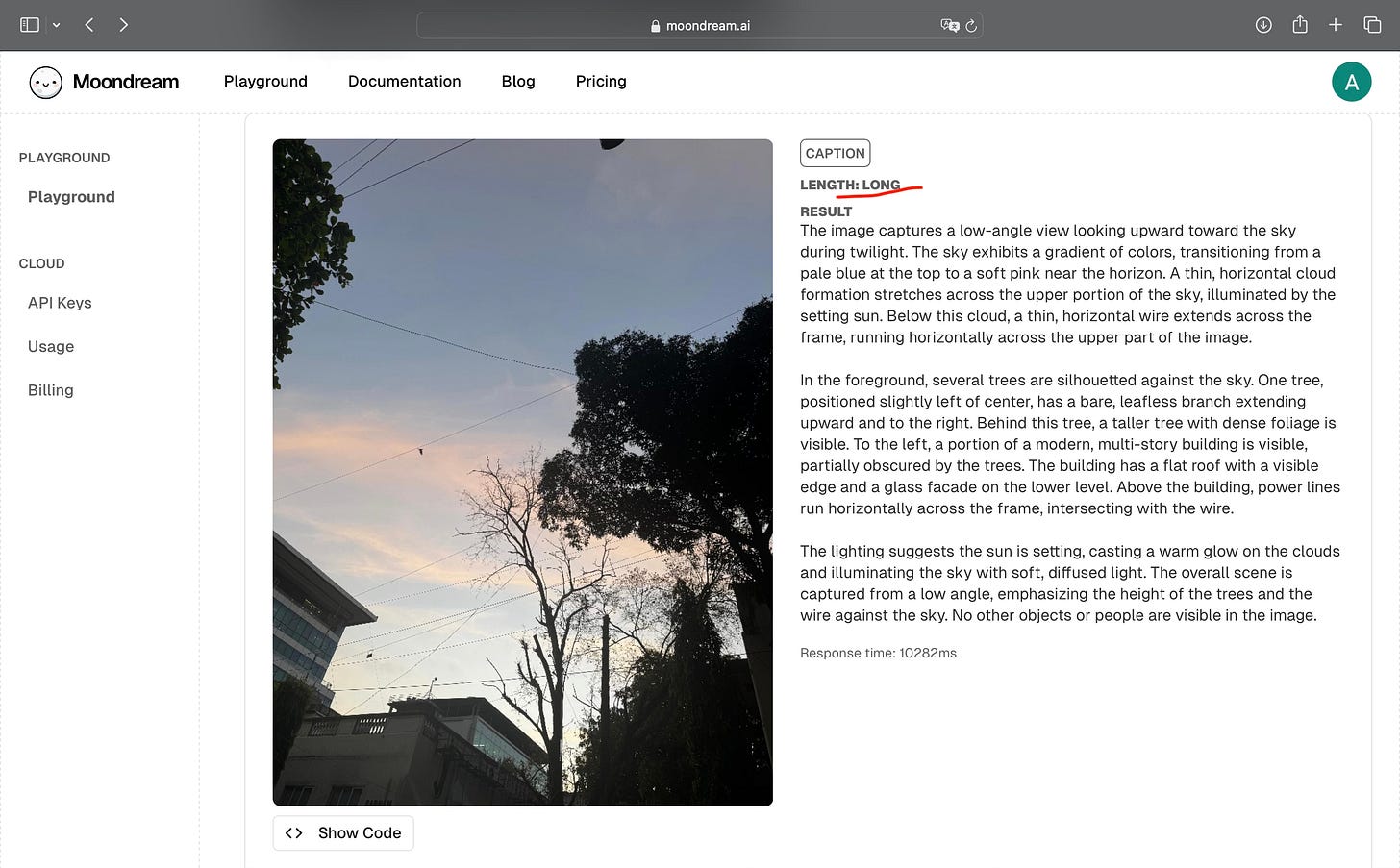
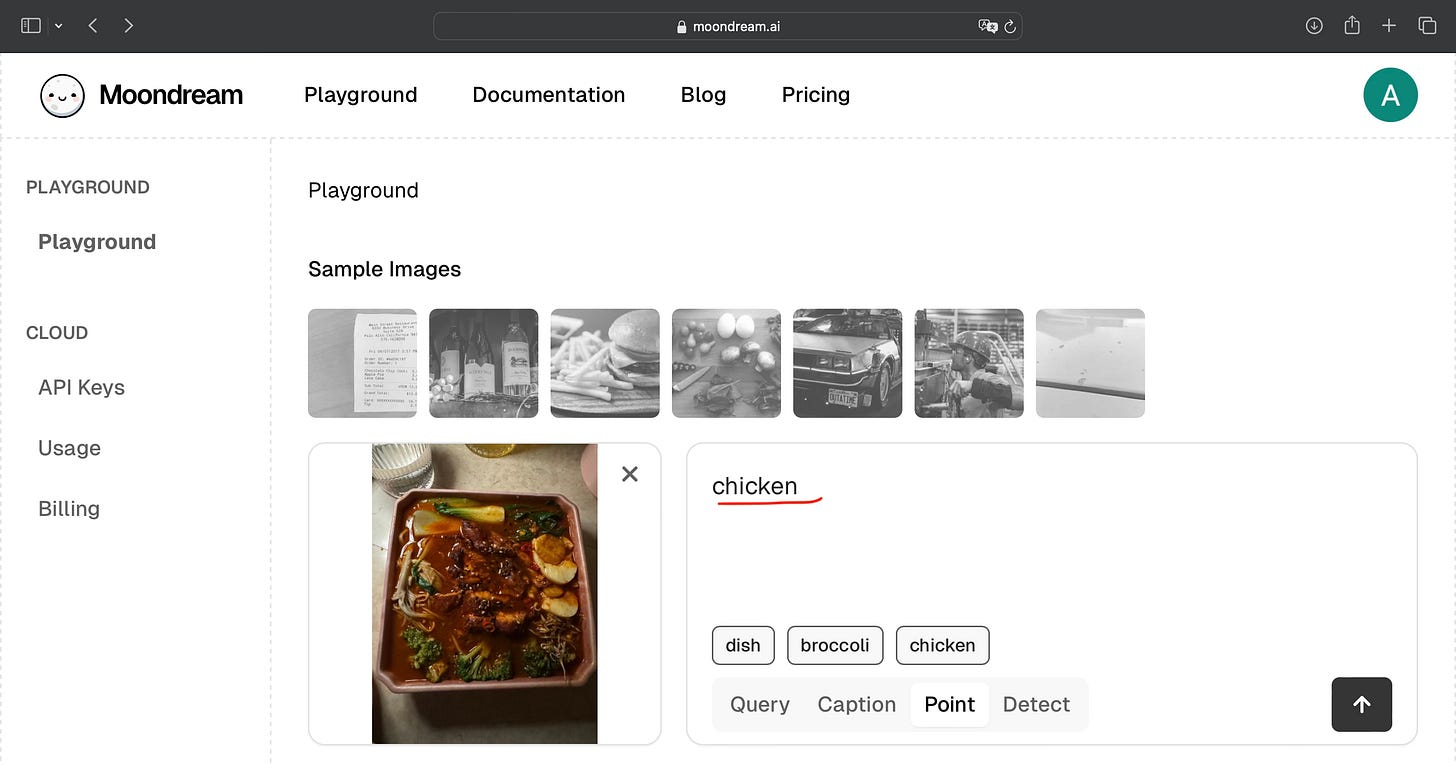





This embeding trend is exactly what SoundHound has been trying to do with voice AI in cars and IoT devices. The stratgy makes sense in theory but executon is the real challnge. Most of these integrations end up feeling tacked on rather than seamless.